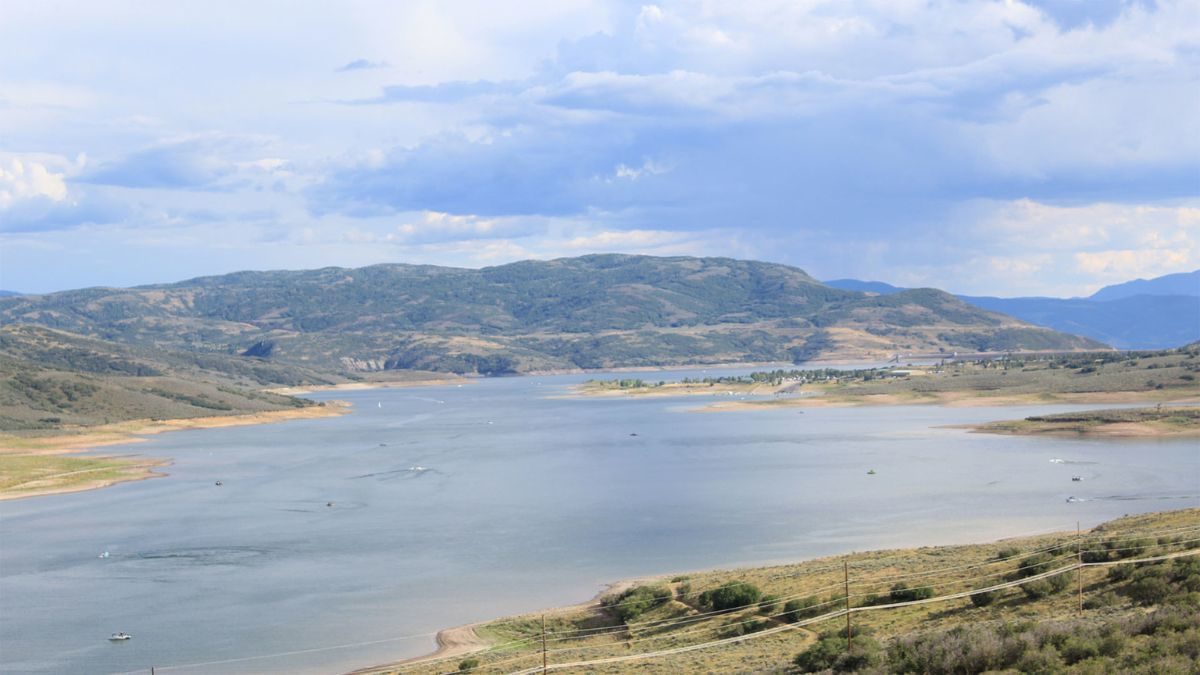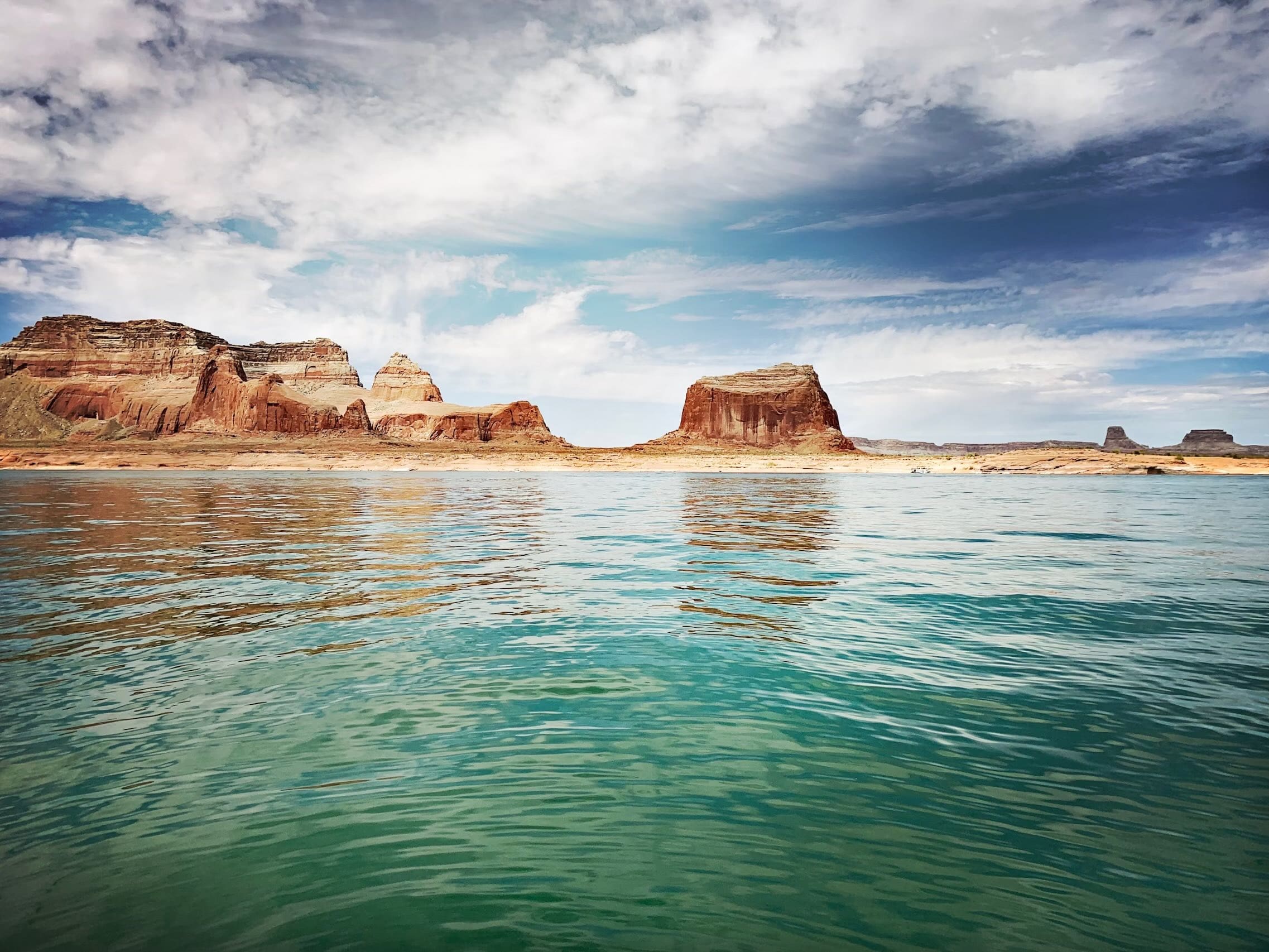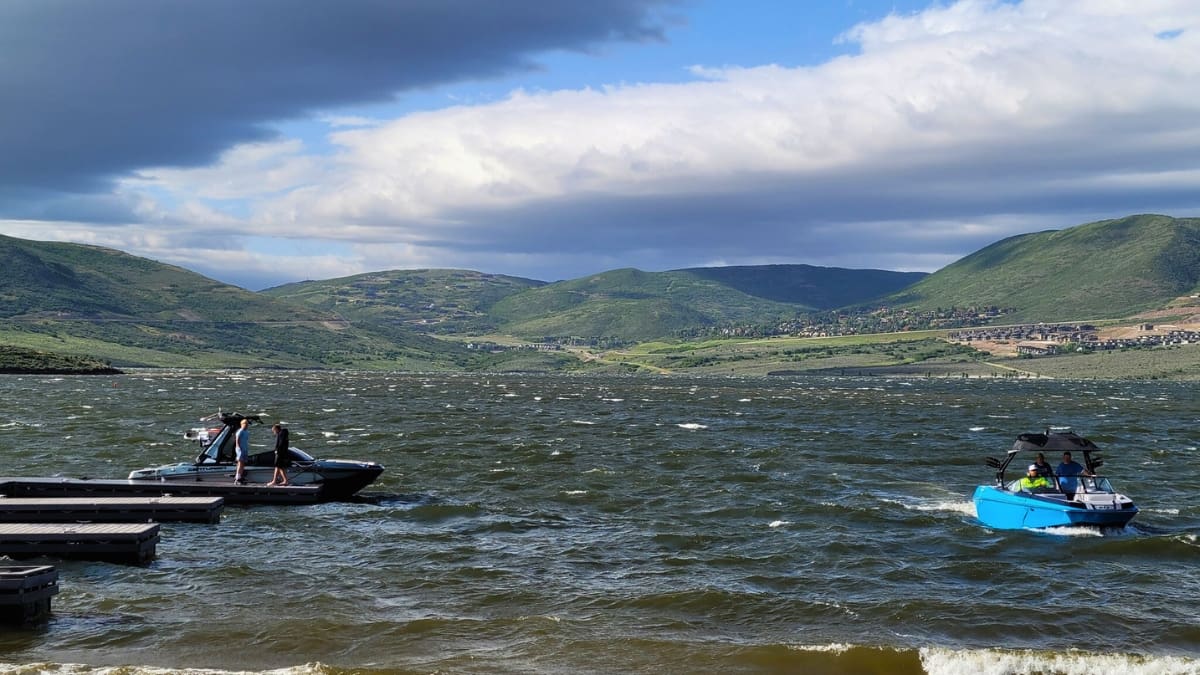Environment
Utah reservoir levels are at 88 percent capacity

Jordanelle Reservoir. Photo: TownLift // Rayne Moynahan
PARK CITY, Utah — Across Utah, the average reservoir level is 30% higher than it was at this time last year, sitting at 88% capacity.
The last time average reservoir levels were this high was in June of 2020.
The reservoir average level has increased three percent in the last 3 weeks.
Local Reservoir Levels
- Deer Creek Reservoir – 99%
- East Canyon Reservoir – 90.5%
- Echo Reservoir – 94%
- Jordanelle Reservoir – 86.6%
- Smith and Morehouse Reservoir – 63%
With snowpack in the mountains now beginning to melt, state officials will be keeping an close eye on each reservoir to make sure they don’t overflow. To do this close attention needs to paid to how quickly the snowpack is melting each day. Certain reservoirs get released when a big period of melting is about to occur.
“Right now is that balancing act where water managers are really keeping an eye on how high their reservoir is and what that snowpack is doing [and] when it’s going to come down,” Michael Sanchez, public information officer for the Utah Division of Water Resources, said.
Last May, the average levels were around 50%, not including totals from Lake Powell or Flaming Gorge.
In Utah, about 95% of the water supply comes from snowpack. While the state greatly depends on this water, the increase in snowpack is causing rivers and streams to flow faster, which can be treacherous for children and pets.
Keep Conserving
Despite this year’s high water levels, Utahns are encouraged to continue water conservation efforts, including taking advantage of water-saving rebates.
“You never know when that next dry year is going to happen,” Sanchez said.

















